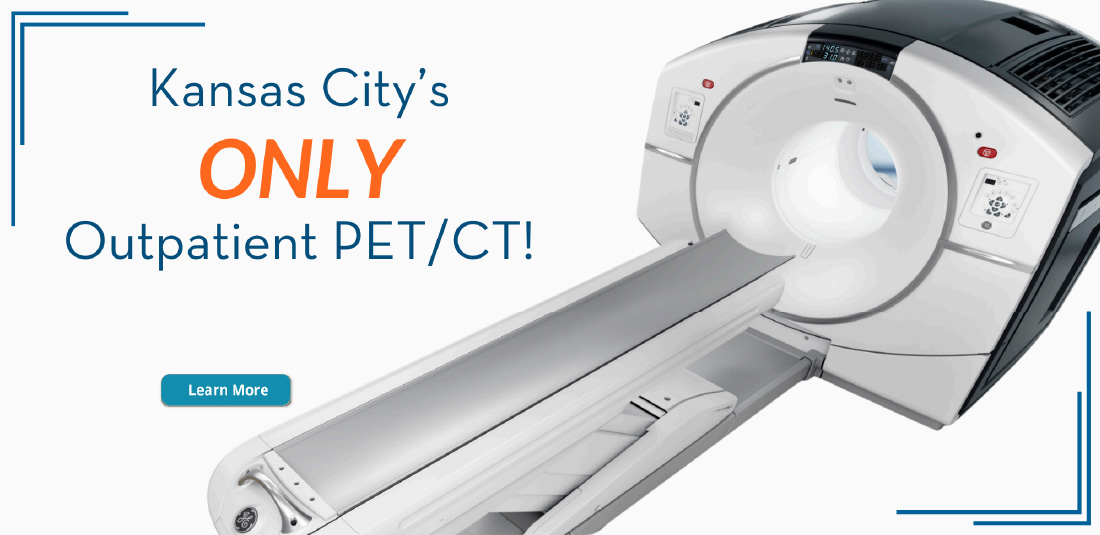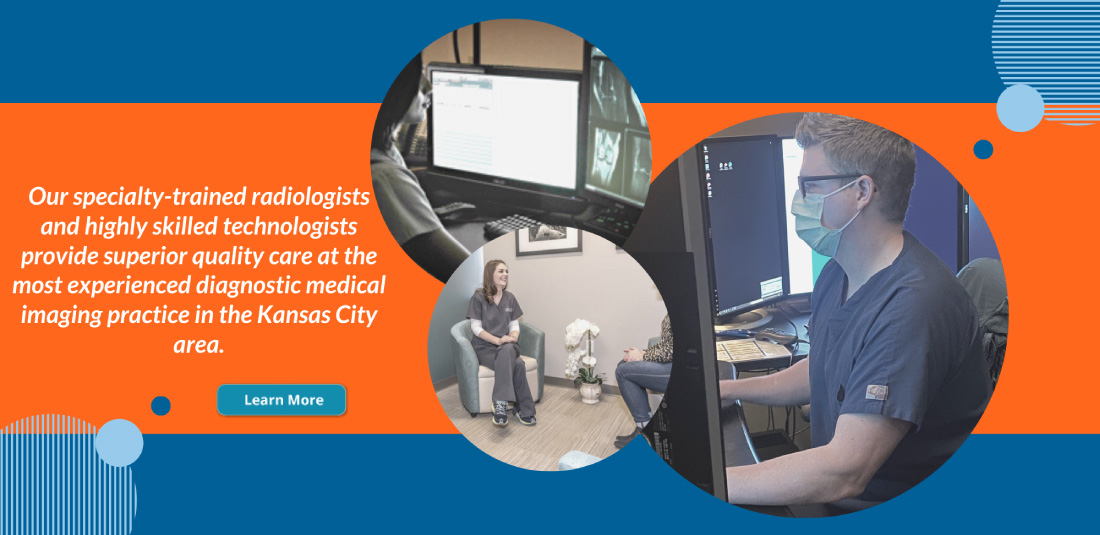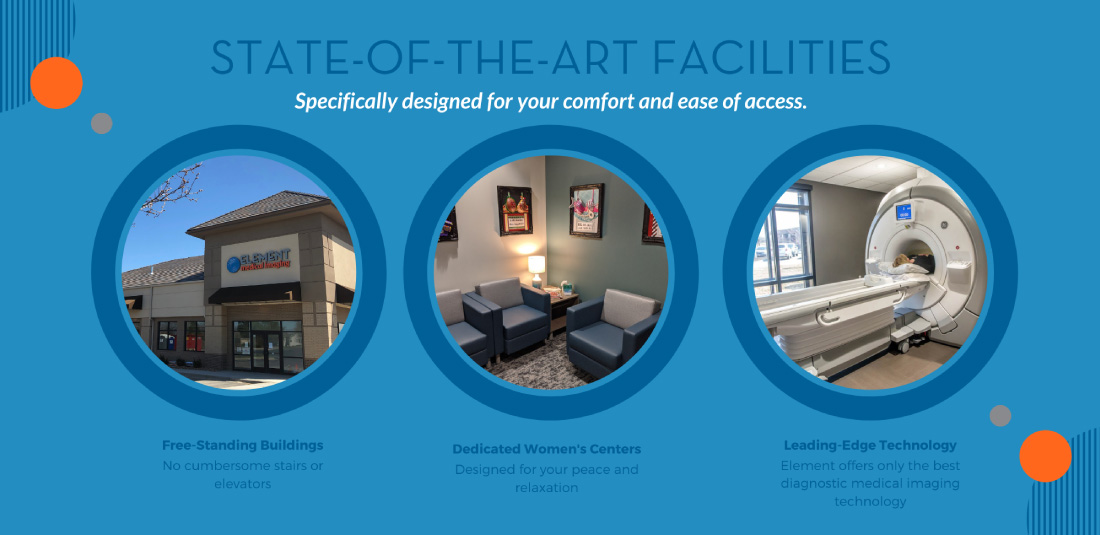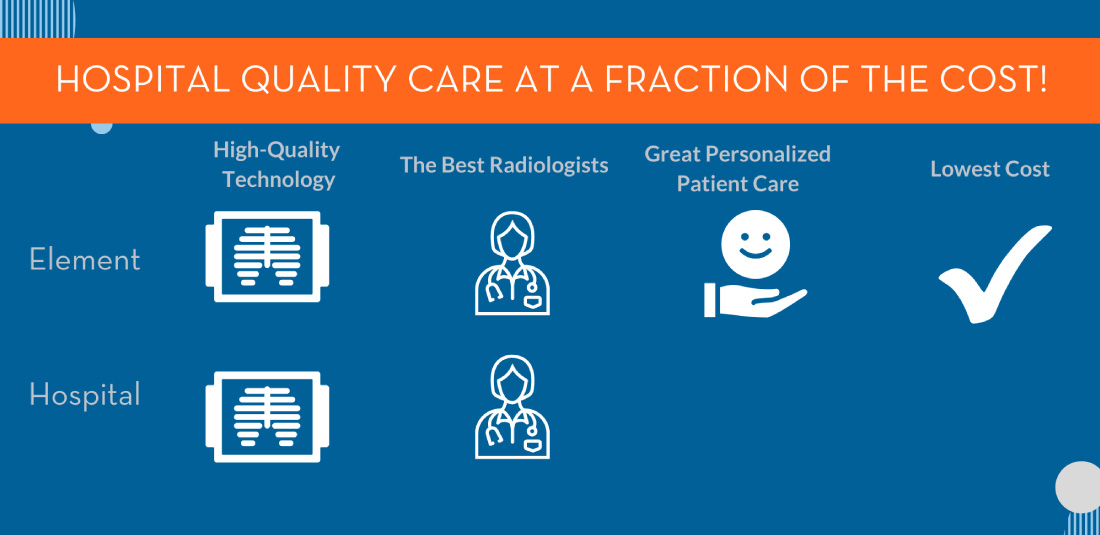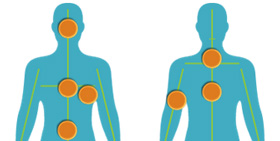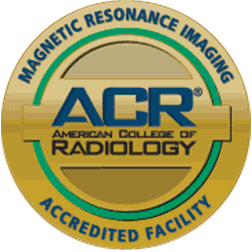Barium Enema
Exam Explanation
A barium enema involves filling the large intestine with diluted barium liquid while X-ray images are being taken. Barium enemas are used to diagnose disorders of the large intestine and rectum. These disorders may include colonic tumors, polyps, diverticula and anatomical abnormalities.
Exam Preparation
The patient may be asked to do the following in preparation for a barium enema:
- Drink clear liquids the day before the examination.
- Take a laxative, suppository or drug to cleanse the bowel.
- Refrain from eating and drinking after midnight on the night before the examination.
During the Exam
The patient will be positioned on an examination table. A rectal tube will be inserted into the rectum to allow the barium to flow into the intestine. During the procedure, the machine and table will move and the patient may be asked to change positions. Additional X-rays will be made immediately after the procedure in order to obtain more information.
Arthrogram
Exam Explanation
An arthogram is an image of the inside of a joint (shoulder, hip, elbow, wrist, knee, ankle). An Injection of contrast media into the joint helps MRI and CT diagnose damage to the Internal structure of the joint.
Exam Preparation
No specific preparation is required. You can expect a telephone call from a technologist before the exam to answer helath history questions.
During the Exam
You will be asked to remove any clothing or jewelry that may be in the way and given a gown to change into. The technologist will then position you on the X-ray table. The skin around the joint will be numbed with lidocaine. The contrast media will then be injected Into the joint using X-ray guidance. After the injection you will receive your MRI or CT exam.
Hysterosalpingogram
Exam Explanation
If you are having trouble getting pregnant or have had pregnancy problems, such as multiple miscarriages, your doctor may order this test to help diagnose the cause of infertility. This X-ray test looks at the inside of the uterus and fallopian tubes.
During this procedure, a dye is put through a thin catheter which goes through the vagina and into the uterus. The dye flows into the fallopian tubes. X-ray pictures are taken as the dye passes through the uterus and fallopian tubes. These pictures can show problems such as blocked or injured fallopian tubes, polyps, fibroids, adhesions or a foreign object in the uterus. Some physicians order this test to determine if Essure® and IUD devices are functioning properly and placed correctly.
Exam Preparation
You should inform your doctor or technologist of any medications being taken and if you have any allergies, especially to iodinated contrast materials. You must inform the doctor if you are or might be pregnant. The exam is best performed between days seven and ten of your cycle. This procedure should not be performed if you have an active inflammatory condition.
During the Exam
The procedure is like a gynecological exam. You will be asked to remove your clothes below the waist and change into a gown. You may wish to wear a two-piece outfit that day. You will be asked to empty your bladder. You will lie on your back on the exam table. A speculum is inserted into the vagina. The cervix is then cleansed, and a catheter is inserted into the cervix. The speculum is removed and the patient is carefully positioned underneath the fluoroscopy camera. The contrast material then begins to fill the uterine cavity, fallopian tubes and peritoneal cavity through the catheter and fluoroscopic images are taken. This test usually takes 15 to 30 minutes.
Pelvic Ultrasound
Exam Explanation
A diagnostic ultrasound uses high-frequency sound waves to view the lower body, the pelvis. A pelvic ultrasound looks at the bladder in both men and women. In men, it is used to evaluate the prostate gland and seminal vesicles. In women, it is used to evaluate uterus, ovaries, cervix and fallopian tubes. Pelvic ultrasound can be done in three ways: transabdominal, transrectal and transvaginal. Most exams take about 30 minutes.
Exam Preparation
After you arrive for your appointment, you will be asked to remove your clothes below the waist and change into a gown. You may wish to wear a two-piece outfit that day. Be sure to inform the doctor or technician of any allergies, including an allergy to latex.
- Transabdominal Ultrasound
- A transabdominal ultrasound requires a full bladder, so your doctor will likely ask you to drink 4 to 6 glasses of water about an hour before the test to fill your bladder. A full bladder helps give a clearer acoustic window for the ultrasound beam to better visualize the pelvic organs.
- Transrectal Ultrasound
- A transrectal ultrasound may require an enema about an hour before the exam.
- Transvaginal Ultrasound
- You may be asked to empty your bladder.
During the Exam
For most exams, you will be positioned lying face-up on a padded exam table. In some exams, a transducer is attached to a probe that is inserted into a natural opening into the body.
- Transabdominal – A small amount of gel will be applied to the area being examined. A small handheld transducer is passed back and forth over the lower belly. You may feel a small amount of pressure in your bladder and strong urge to urinate because your bladder is full.
- Transrectal – A transducer is inserted into a man’s rectum to view his prostate. You will likely feel a little pressure from the transducer probe, but you will feel little pain.
- Transvaginal – A transducer is inserted into a woman’s vagina to view her uterus and ovaries. A transvaginal ultrasound after gives doctors a clearer picture than a transabdominal because the probe is closer to the organs being viewed. You will likely feel a little pressure from the transducer probe, but you will feel little pain.




